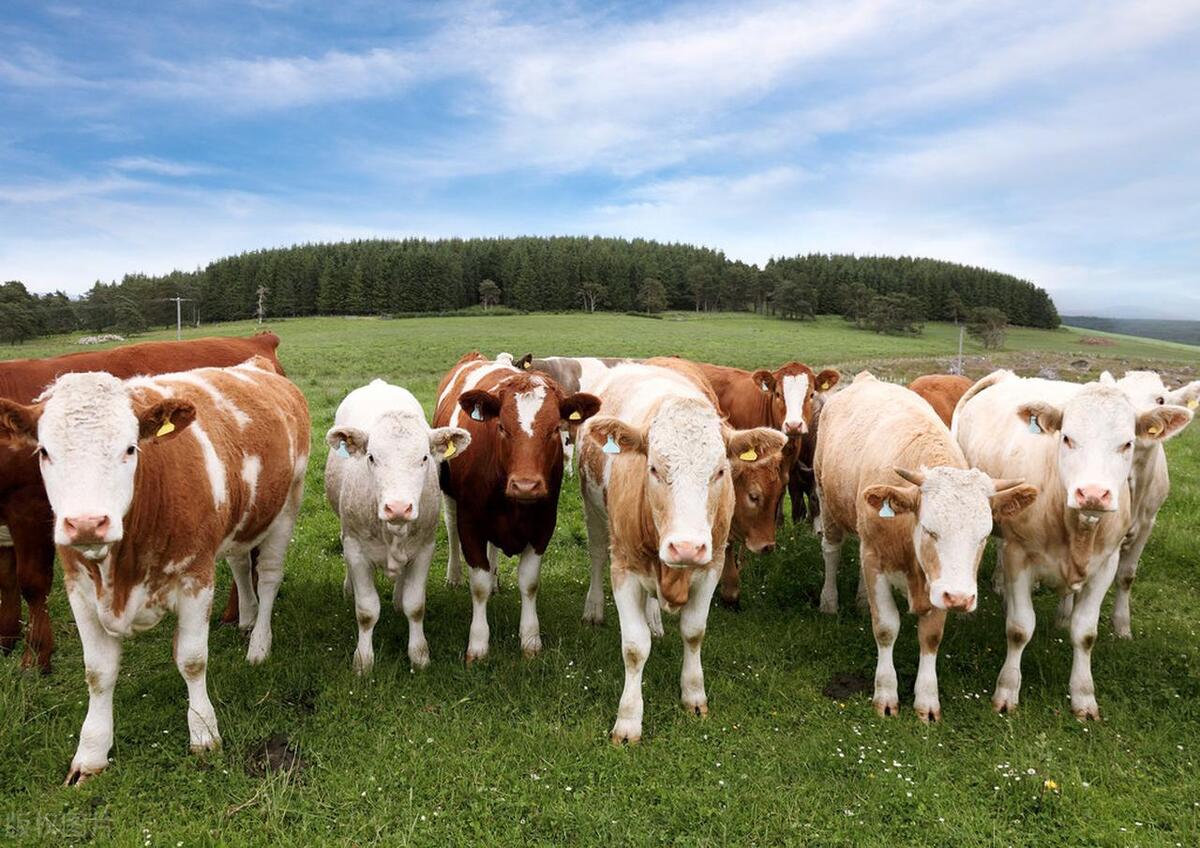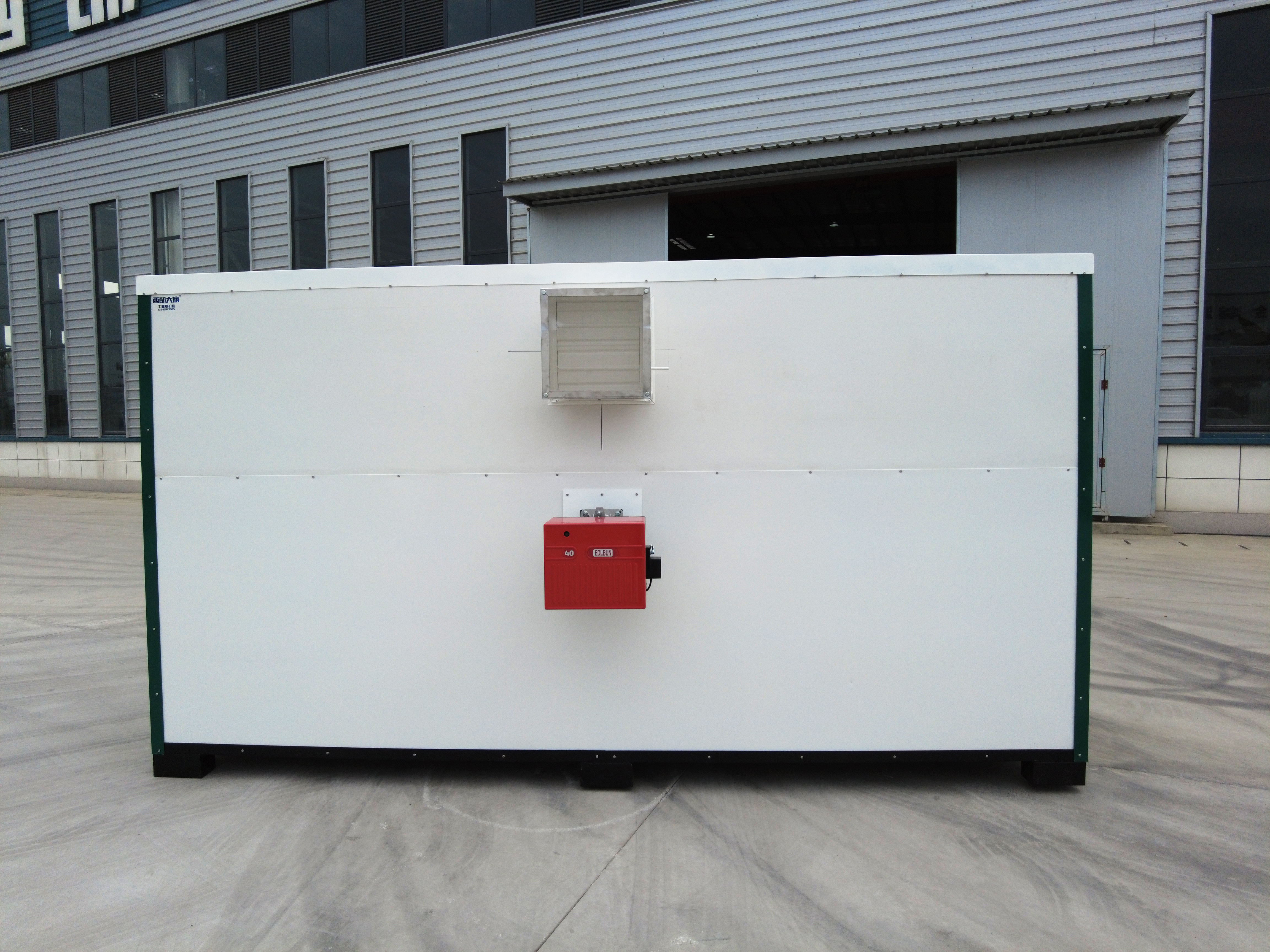Improving Resource Utilization and Environmental
In livestock farming, the disposal of animal manure and feed residues has long been a challenge. Traditional composting or landfill methods are inefficient and may cause environmental pollution. Drying equipment uses high-temperature dehydration technology to convert manure into high-value organic fertilizer, reducing the loss of harmful substances such as nitrogen and phosphorus while minimizing pathogen transmission risks. For example, poultry farms using drying equipment to process chicken manure have seen a 30% increase in organic fertilizer production, with more stable quality that can be directly applied to farmland or sold. Additionally, waste heat generated during drying can be recycled, further reducing energy consumption.
Ensuring Feed Safety and Storage Stability
Humid environments can easily cause feed mildew, producing toxins such as aflatoxin that threaten animal health. Drying equipment precisely controls feed moisture content (typically reducing it to below 12%), inhibiting mold growth and extending storage periods. In ruminant farming, dried forage or silage retains more nutrients and has better palatability. For instance, dairy farms using low-temperature drying technology to process alfalfa have achieved a 20% increase in protein retention, significantly improving milk yield and dairy product quality.
Optimizing Livestock Product Processing
Drying equipment plays a central role in the deep processing of livestock products. For example, in the production of by-products such as feather meal and blood meal, drying technology rapidly removes moisture while preserving protein activity, thereby increasing product value. In slaughterhouses, drying treatment of waste such as offal and bones reduces transportation costs and converts these materials into animal protein feed or industrial raw materials. Additionally, certain specialty farming operations (e.g., insect farming) rely on precise drying technology to control moisture content in insect bodies to meet pharmaceutical or food industry standards.
Enhancing Biosecurity and Disease Control
Pathogen transmission in farms often occurs through moist bedding or manure. The high-temperature treatment of drying equipment (typically exceeding 80°C) effectively kills harmful microorganisms such as Salmonella and E. coli. During outbreaks of diseases like African swine fever, drying technology is used to process contaminated materials and block viral transmission chains. For example, a pig farming enterprise reduced disinfection costs by 40% and disease incidence by 25% after adopting a heat pump drying system.
Conclusion
Drying equipment is driving the transformation of livestock farming toward efficiency, low-carbon practices, and sustainability through technological innovation. Its applications not only solve waste disposal challenges but also create economic value, contributing to the global agricultural goal of achieving carbon neutrality. In the future, with the integration of intelligent and new energy technologies, drying equipment will unlock greater potential in areas such as precise temperature control and energy consumption optimization。
Post time: Mar-05-2025















